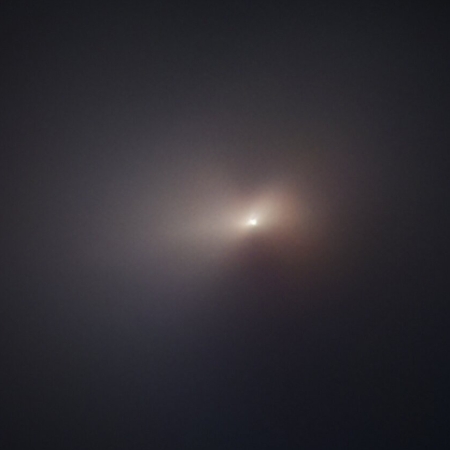A computer entrepreneur has raised questions about the data analysis used by the scientists in charge of NASA’s NEOWISE space telescope (formerly called the Wide-field Infrared Space Telescope, or WISE).
Myhrvold, a former chief technologist for Microsoft, founded the patent-buying firm Intellectual Ventures in Bellevue, Washington, in 2000; on the side, he pursues interests ranging from modernist cuisine to palaeontology. A few years ago, he began exploring ways to detect dangerous space rocks. He soon argued3 that the Large Synoptic Survey Telescope, a ground-based telescope being built in Chile, would have the capacity to find nearly all the same asteroids as NASA’s proposed successor to NEOWISE, called NEOCam.
That turned his attention to how asteroids could be studied in space, and to the NEOWISE data. “I thought, this will be great, maybe we’ll be able to find some new and interesting things in here,” he says. But Myhrvold soon became frustrated with the quality and analysis of the data. He posted a critical preprint on arXiv in May 2016, and the peer-review game was on.
His first peer-reviewed critique was published in Icarus in March4. In it, he explored the mathematics of how asteroids radiate heat, and said that the NEOWISE team should have accounted for such effects more thoroughly in its work.
The latest paper1 holds the bulk of the NEOWISE critique. Among other things, Myhrvold argues that the NEOWISE team applied many different modelling techniques to many different combinations of data to achieve its final results. He also criticizes the choice to include previously published data on the diameter of certain asteroids in the data set, rather than using NEOWISE measurements — which, though less precise, are at least consistent with the rest of the database. Such choices undermine the statistical rigour of the database, he says.
Alan Harris, a planetary scientist with the consulting firm MoreData! in La Cañada Flintridge, California, was one of the paper’s reviewers. “In my opinion, it has important things to say,” he says. “It is my hope that the scientific community will read the paper and pay attention to the analysis Myhrvold has presented, as he has raised a number of significant issues.”
The disagreement involves the NEOWISE team’s estimate of asteroid sizes, based on the infrared data. Myhrvoid questions their estimates.
More details about the clashes between Myhrvoid and the NEOWISE science team over the past two years can be found here. The NASA scientists do not come off well. They appear to be very defensive, acting to stonewall any review of their work. Repeatedly they attempted to defy Myhrvoid’s FOIA requests (only made when they refused to release their raw data), including redacting significant information for no justifiable reason.
I have really only one question: Does the behavior of these NASA planetary scientists sound familiar? To me it does, and what it reminds me of speaks very badly for the science being done in the NEOWISE mission at NASA.

